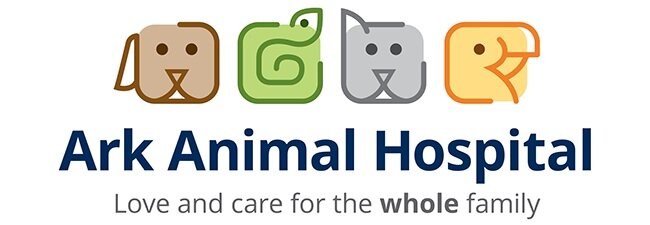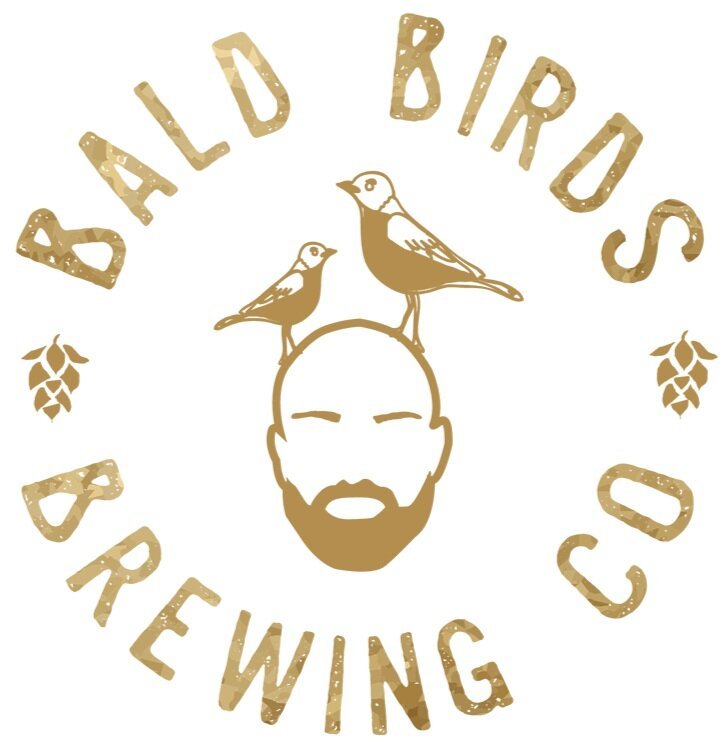If you see a wild animal in distress, call us before you take any action. This has always been our policy - but is especially important in this context (for the health of all wildlife and humans involved).
Our new logo
Mom isn't coming back (rabbit edition)
Mom isn't coming back (deer edition)
Mom isn't coming back (bird edition)
This baby is so cute - can I keep it?!?!?!
Baby squirrels
Woodchucks emerging from hibernation
Fox with mange
I found a baby raccoon
I found a baby deer
If you find a baby fawn, leave it be. Never move it or feed it milk. If you have a concern about its well-being, call us first (267) 416-9453.
I found a baby rabbit
I found a baby bird
Get some groceries at Kimberton Whole Foods
For the month of May, Kimberton Whole Foods will match any donations made at the register. We are so very grateful for this opportunity and appreciate our many valued supporters. Thank you!
Scoter Convalescence
This is a seafaring, diving bird. We think it was blown off course, having to land on - well, land. This bird is so adapted to swimming and diving, that it can no longer properly walk. Its legs are so far to the rear, it tips forward on dry earth. So, if it finds itself on land, it is grounded because it cannot take off. We gave this bird a full examination and observed it over a couple of days while it feasted on seafood. A volunteer took the bird back to a place scoters are commonly sighted.
The year of the rabbit
Happy new year. Our first patient of 2023 was an eastern cottontail. So, here at Philadelphia Metro Wildlife Clinic, it is the year of the rabbit. What this year has in store for us is anyone’s guess. But, whatever may come, we will be here every day (rain or shine) to answer your calls and admit new patients.
A happy, healthy and meaningful year to one and all.
I found a bird caught on lanternfly tape or a sticky trap
I found a baby raccoon or fox
Baby raccoons and foxes are upon us. If you find an injured or orphaned baby raccoon/fox, call us (267) 416-9453. We will help you determine whether it might be possible to reunite the baby with its mother, which is always best.











